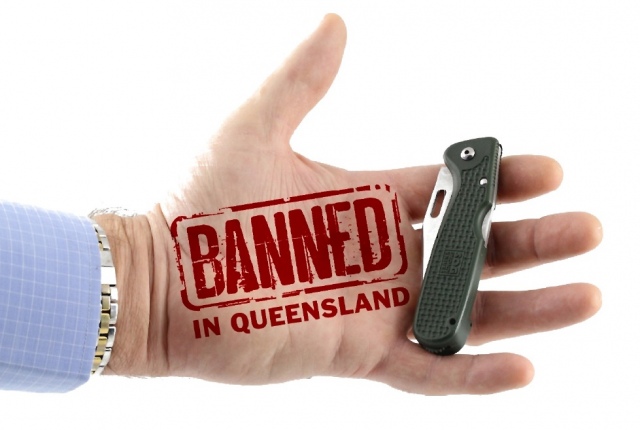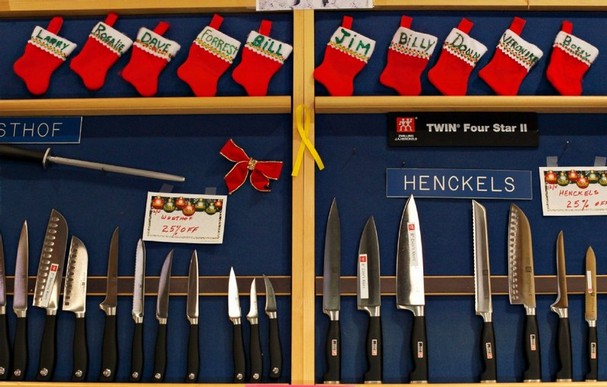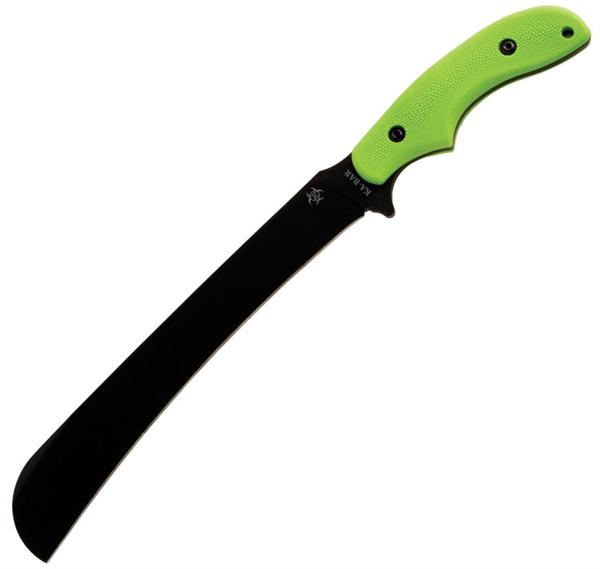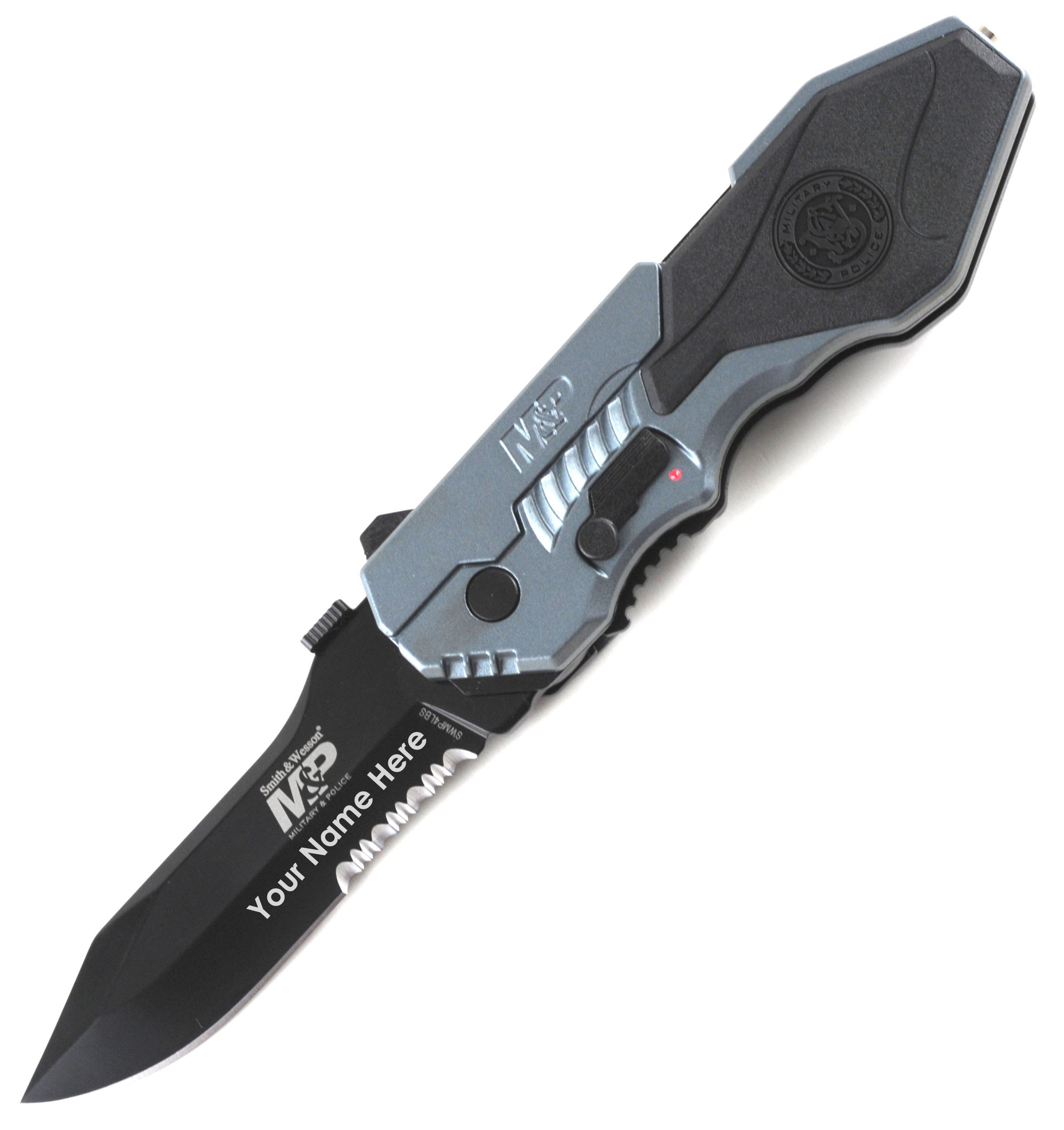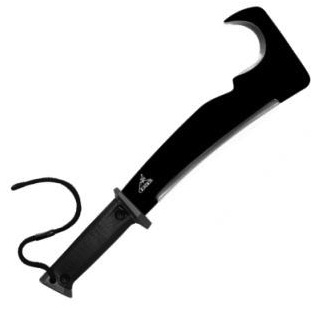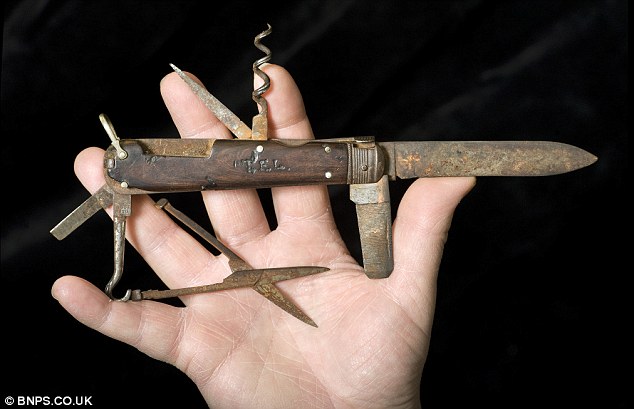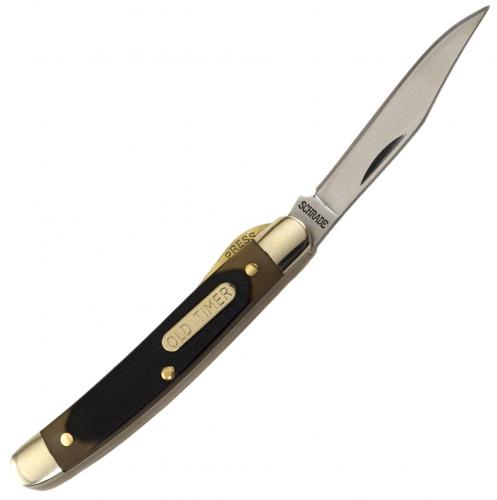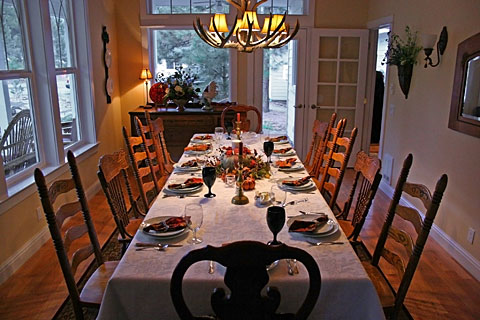You’re driving down a snowy highway on a cold winter night, when the car in front of you careens into an icy river. A distraught and panicked father climbs out, only to dive back in, desperately trying to pull his three children from the wreckage.
You jump in the water and try to help him unjam the doors, but they’re stuck. Luckily, you have your revolver on you, so you shoot into the window smashing the glass. Inside, you find the children on the verge of drowning. You try to grasp them, but they are trapped by their seat belts.
What do you do?
(a) Watch them die wishing you had a knife on you.
(b) Take out your pocket knife, slice through the seat belts and free the children.
This isn’t a fantasy or a made up story, but an account of a dramatic rescue that happened in Utah just the other day.
After witnessing the aforementioned crash, retired police offer Chris Wilden was able to stage a dramatic rescue. But according to press reports, if it wasn’t for his pocket knife, at least one of the kids, all of whom survived, would have lost their life.
One of the girls had found an air pocket and was breathing fine but was trapped in her seat belt. Willden cut it with a pocket knife and pulled her from the rear passenger window.

